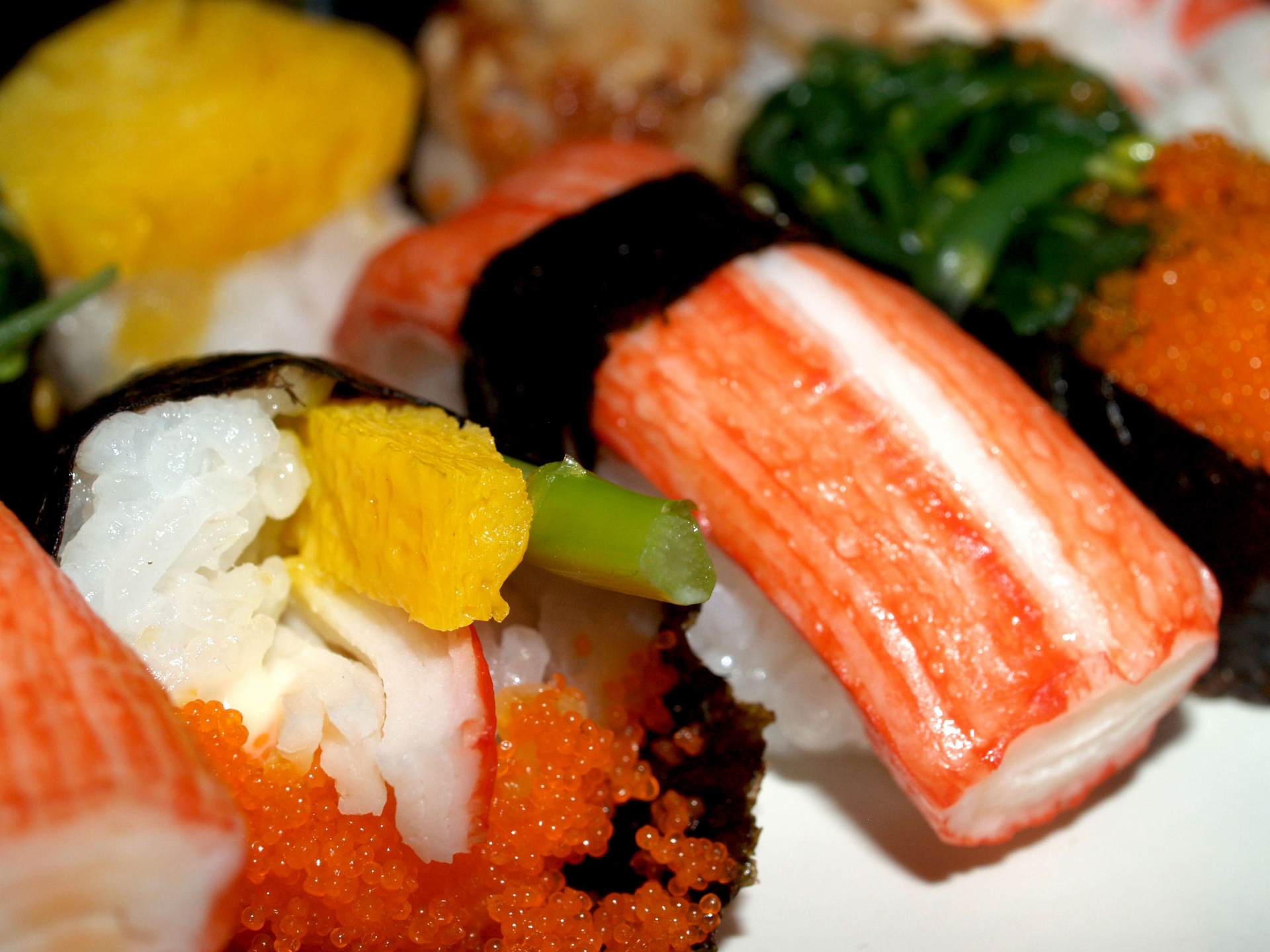After the new wave of outbreak in Beijing, due to the temporary difficulty in determining the source of the virus, the Beijing municipal government chose to focus on controlling suspected imported aquatic products, while Chinese media also generally reported on the suspected source of infection – the salmon. As a result, Beijing residents choose to reduce or even stop consuming aquatic product because of panics, while more rational consumers also tend to thoroughly cooked food for security . This has seriously effected Japanese restaurants which sell raw food.
Raw food off the shelves, menu shortened
A reporter from Beijing Daily found that since the outbreak , some Japanese restaurants have temporarily removed all raw and cold dishes, such as sashimi and sea urchin rice. In other words, Japanese restaurants have generally removed raw food from their shelves, and the menu has shrunk sharply.
June to August was the peak season for Japanese food consumption in previous years, but the epidemic not only reduced business in all restaurants, but also dealt a fatal blow to Japanese restaurants dominated by raw food and aquatic products. Even if there are no aquatic products, such as Japanese barbecue restaurants, some managers reported that raw beef, which used to be popular with customers, had been forced off the shelves.
According to Jiang Bingsheng, executive director of the Japan Cuisine Branch of the China Hotel Association and founder of Jianghuqian sushi, salmon is the largest selling item in the Japanese food industry, accounting for 15% of the turnover of Japanese restaurants, while raw foods, including salmon, tuna, shrimp, crabs, and shellfish, account for more than half of the turnover. The absence of these high-end ingredients has also led to a general decline in the expense of customers.
To make matters worse, due to the lack of attractive sashimi and aquatic products, many customers simply stopped going to Japanese restaurants, which led to a lack of interest in Japanese restaurants.
Salmon nucleic acid test before serving
For most Japanese restaurants, business is second to none, and supply is the biggest problem right now. The reporter learned that at present, customs quarantine is strict, and flights carrying food materials may not be able to leave the customs on time on the same day, which also leads to unstable supply. As Japanese restaurants generally stop selling raw food and return orders, suppliers were stucked between the restaurant and the country of origin no longer dare to restock.
Jiang Bingsheng complained: “now, even if customers are willing to eat raw food, many Japanese restaurants are unable to supply it and caught in a vicious circle.” At present, there are not many Japanese restaurants in Beijing that can still import salmon.
Jiang Bingsheng said that in his own store, all imported raw food products must provide import and export quarantine reports and certificates issued by 128 designated nucleic acid testing institutions in Beijing before they can be allowed to serve.
“it is impossible for fish to be infected with pneumonia. Yet it is needed to test whether their surface is contaminated by the virus.” Jiang Bingsheng said that in the past, a store could sell three or four salmon every day, but now it has to be divided into three or four stores to avoid wasting ingredients.
Less than 200 yuan per capita will become the mainstream
Actively open the restocking channel to save themselves at the same time, many high-end Japanese restaurants are also reducing their prices, trying to gather popularity as soon as possible.
Japanese food is more expensive in Beijing than local cuisine. However, under the influence of the epidemic, high-end Japanese restaurants can only gradually abandon their main source of profit, aquatic products, and instead selling cooked food. Some Japanese restaurants began to focus on promoting their barbecue and beer. Due to the great changes, some Japanese restaurants with an average per capita of 300 yuan to 500 yuan, or even more than 800 yuan per capita, began to change to the average level of less than 200 yuan per capita.

评论